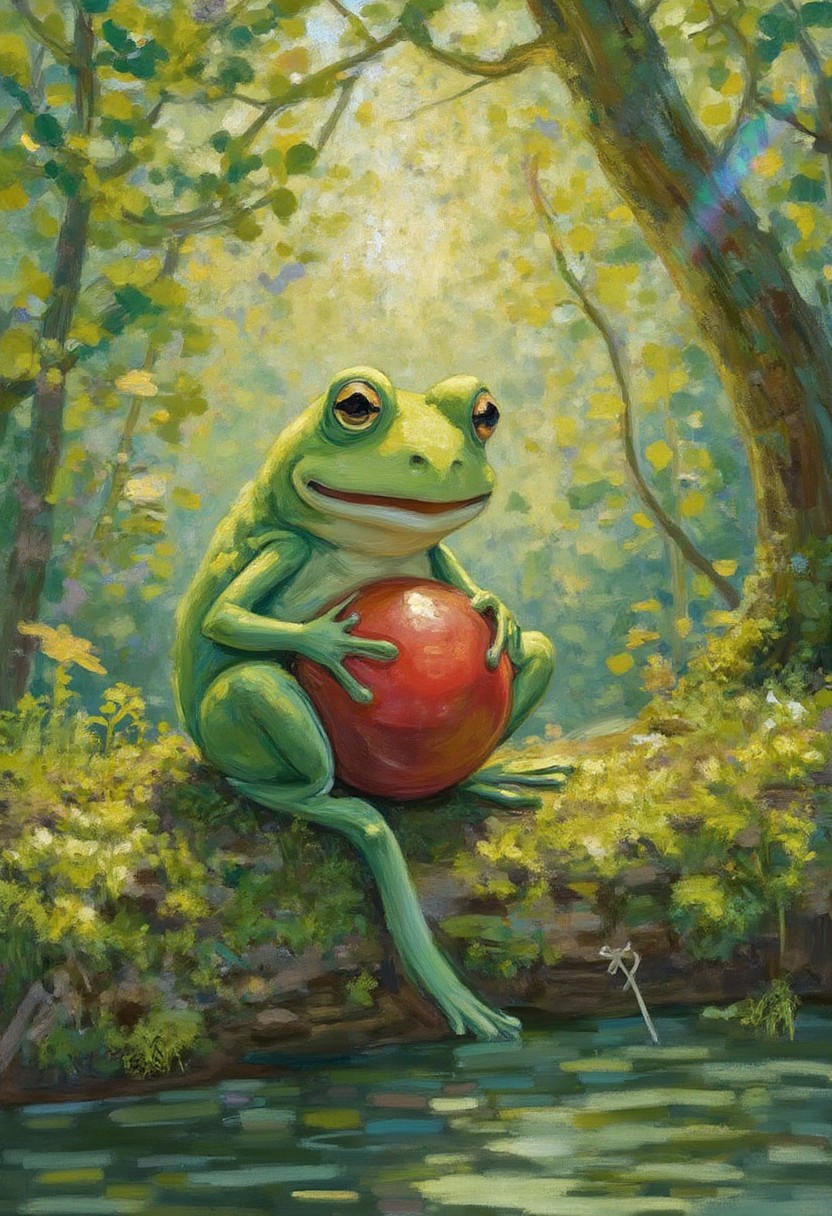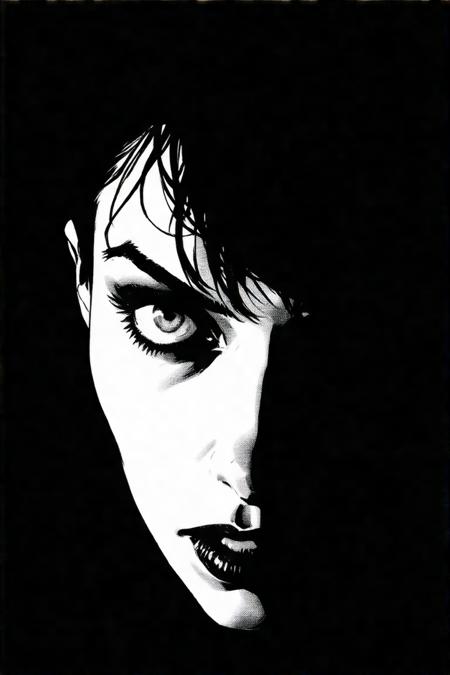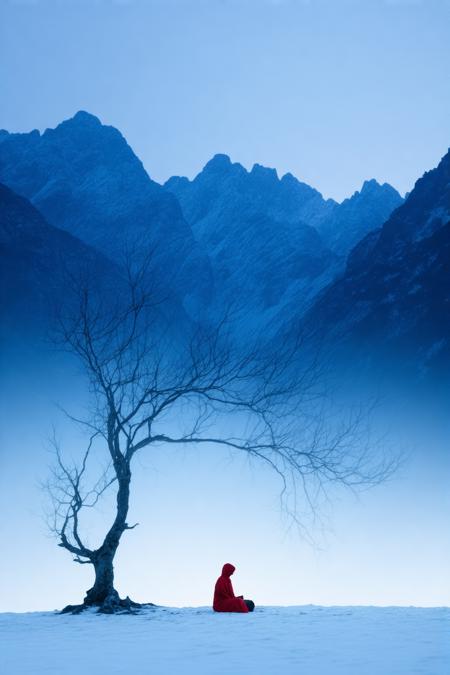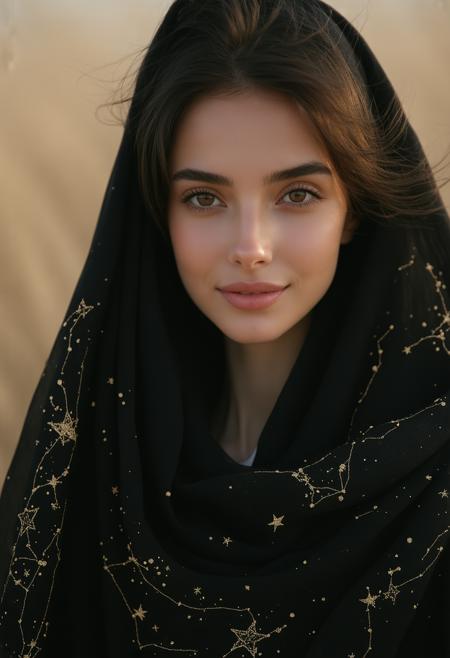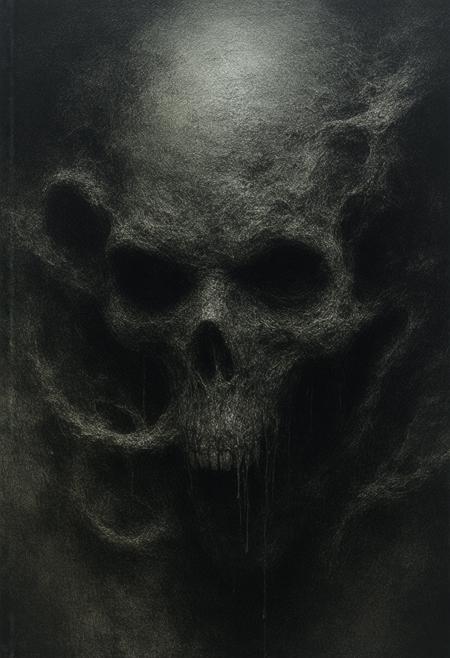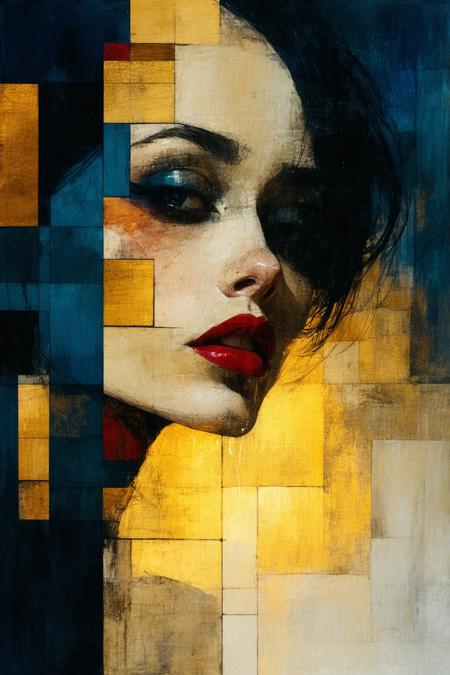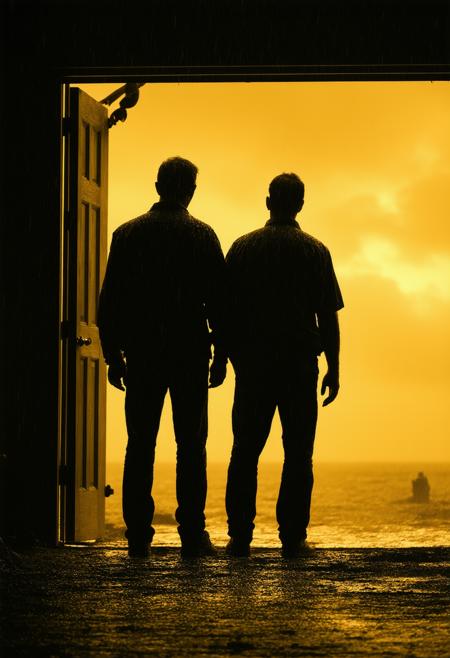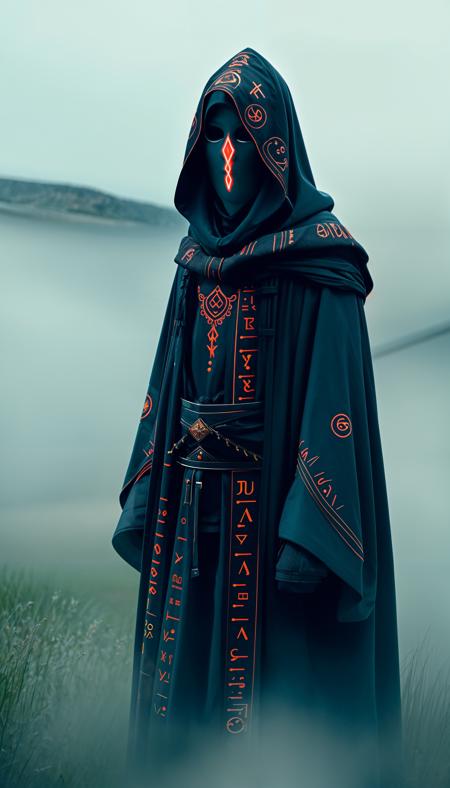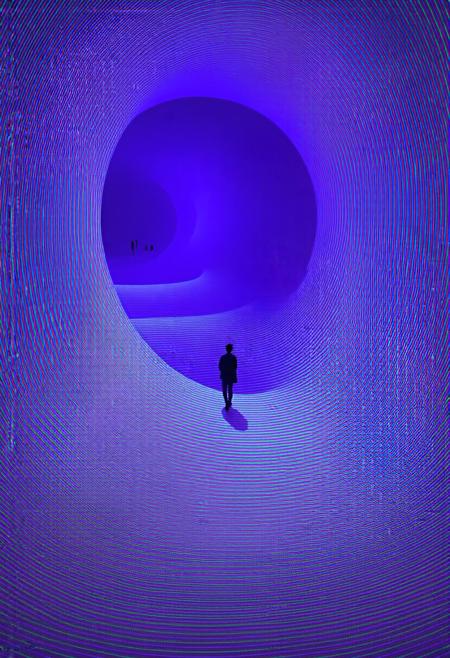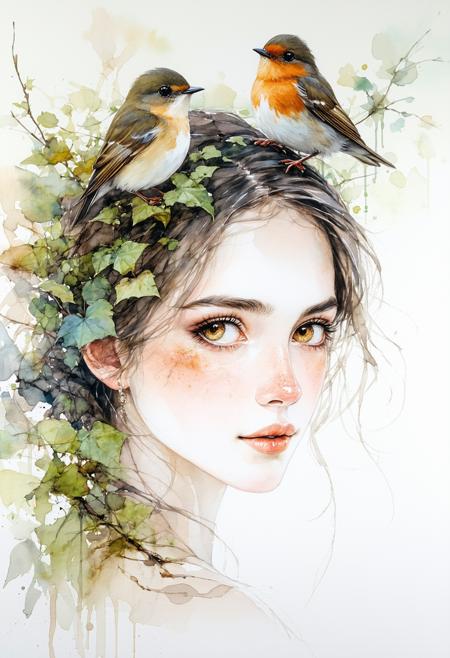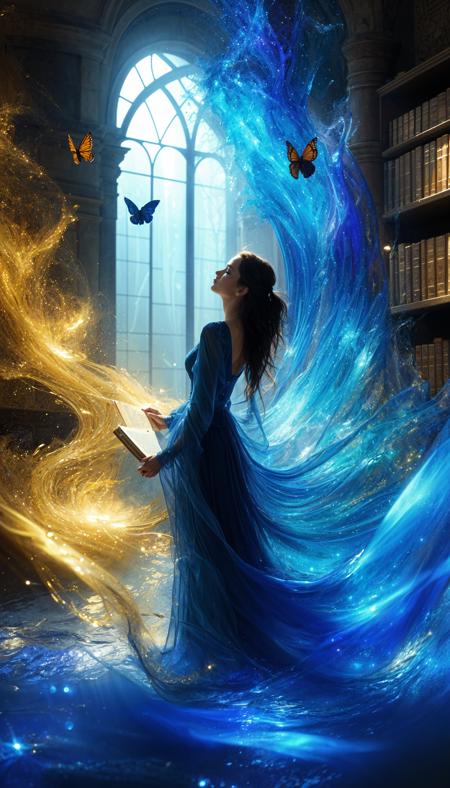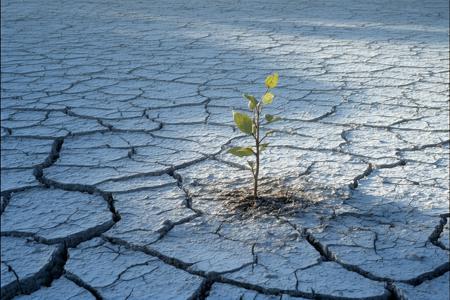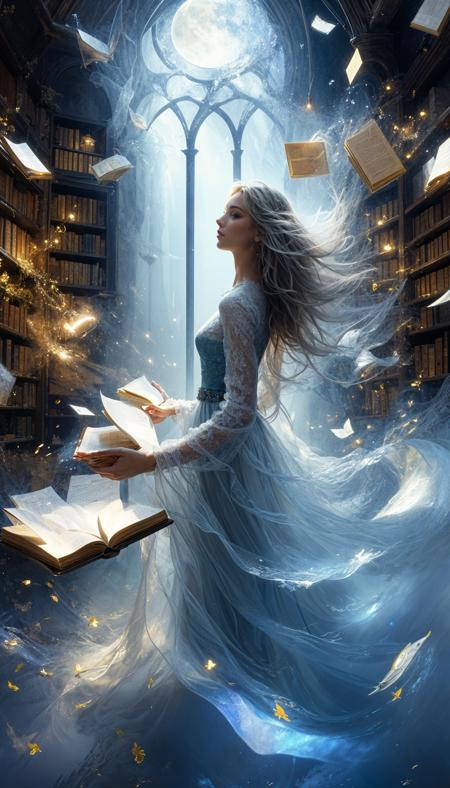A hyperrealistic digital painting of a grinning green plush frog, perched on a mossy log in a sun- dappled enchanted forest, clutching a glossy crimson ball. Studio Ghibli- style textures meet Van Gogh’s brushwork, with emerald foliage, golden sunlight, and dewdrop- refracted rainbows. The frog’s velvet fur contrasts the ball’s lacquered sheen, bathed in ethereal, misty light. Playful wonder radiates—sunbeams kiss velvety moss, distant birds trill, and a magical glow blurs reality. The scene whispers of hidden forest secrets, earthy dampness, and the frog’s mischievous grin, as if the ball holds the warmth of a tiny captured sun. helenmcnicoll2 painting
0
23
Safe
Private
